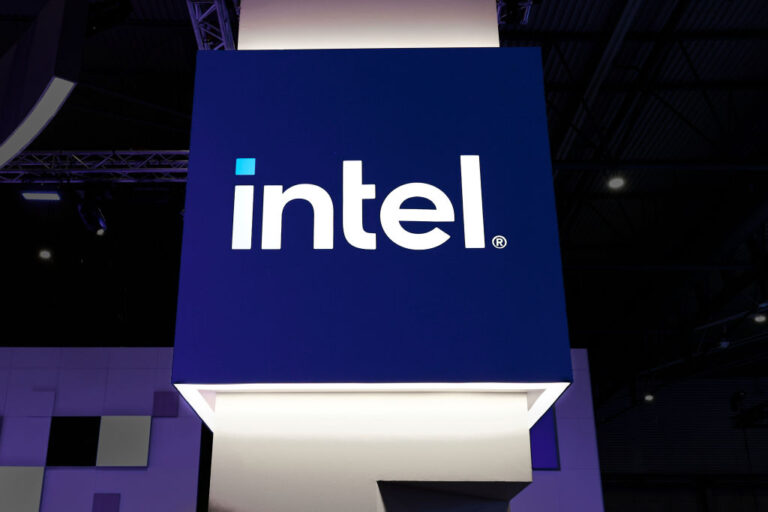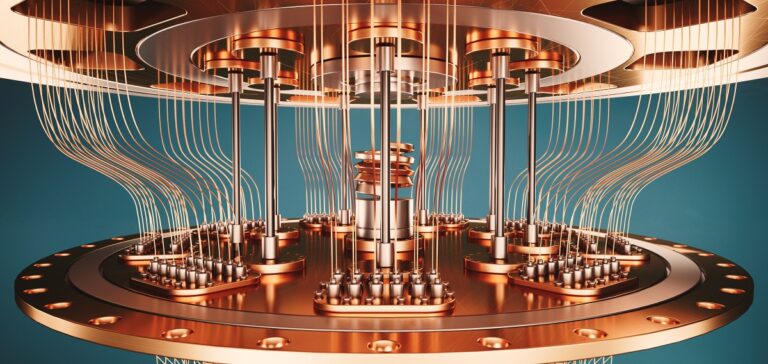Future of AI: Building the Premier Data Center Projected to Reach $200 Billion in Just Six Years
As the demand for artificial intelligence (AI) continues to surge, the infrastructure needed to support this growth is expanding rapidly. A recent study reveals that AI data centers, which are essential for training and operating AI systems, may soon require millions of chips and incur costs in the hundreds of billions of dollars. These facilities might also demand power equivalent to that of a large city, highlighting the challenges faced in scaling AI technology.
The Growth of AI Data Centers
The study, conducted by researchers from Georgetown University, Epoch AI, and Rand Corporation, analyzed over 500 AI data center projects worldwide from 2019 to the present. The key findings illustrate a significant increase in both computational performance and power requirements:
- Computational Performance: Data centers are experiencing more than double the computational performance annually.
- Power Needs: Power requirements are also doubling each year, indicating a growing strain on electrical grids.
- Capital Expenditures: Investment in these facilities is rising steeply, with many projects costing billions.
Investment Trends in AI Data Centers
OpenAI, known for its popular ChatGPT platform, has partnered with companies like SoftBank to potentially raise up to $500 billion for establishing a network of AI data centers across the U.S. and beyond. Other major tech players, including Microsoft, Google, and Amazon Web Services (AWS), have committed hundreds of millions of dollars to expand their data center operations this year.
Challenges Ahead for AI Data Centers
The research indicates that the hardware costs for AI data centers, such as xAI’s Colossus, which costs approximately $7 billion, have increased by 1.9 times annually from 2019 to 2025. During the same period, power requirements are projected to double, with Colossus consuming around 300 megawatts—equivalent to the power needs of 250,000 households.
Energy Efficiency Improvements
Interestingly, AI data centers have become more energy-efficient over the past five years. The study shows that the computational performance per watt has increased by 1.34 times each year from 2019 to 2025. However, despite these advancements, the escalating power needs remain a significant concern. By June 2030, leading AI data centers may contain up to 2 million AI chips, cost around $200 billion, and require 9 gigawatts of power—comparable to the output of nine nuclear reactors.
Environmental Concerns
The growing electricity demands of AI data centers are expected to strain power grids significantly, with projections indicating a 20% increase in energy intake by 2030, as per a recent analysis by Wells Fargo. This surge could lead to a heavier reliance on non-renewable energy sources, exacerbating environmental issues.
Additionally, AI data centers pose other environmental threats, such as:
- High Water Consumption: These facilities require substantial amounts of water for cooling.
- Land Use: Data centers occupy valuable real estate, potentially impacting local economies.
- Tax Revenue Loss: According to a study by Good Jobs First, at least ten states lose over $100 million annually in tax revenue due to generous incentives offered to data centers.
Future Outlook for AI Data Centers
While these projections indicate significant growth, it is essential to recognize that they may not fully materialize or that timelines could shift. Some hyperscale providers, such as AWS and Microsoft, have recently scaled back their data center projects. A note from analysts at Cowen remarked on a “cooling” trend in the data center market, suggesting concerns about unsustainable expansion.
For more insights on AI and technology trends, visit our technology section.







